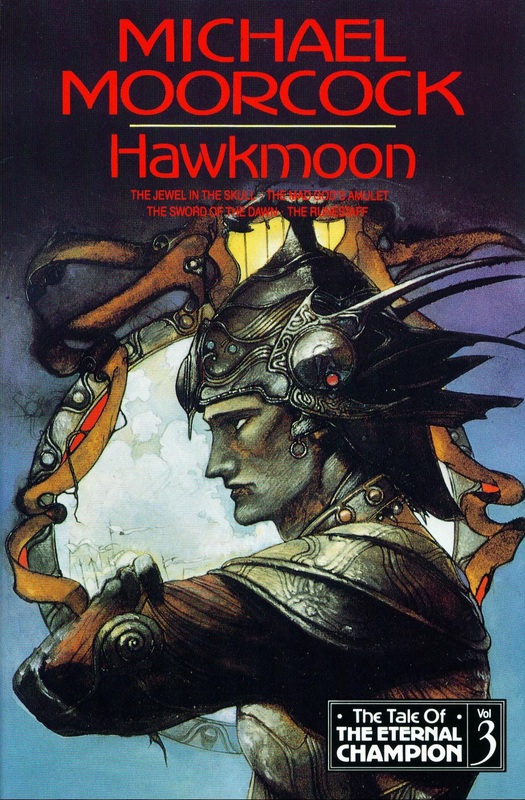

The Tragic Millennium is one of those settings that, while far from ground-breaking, neveretheless achieves a certain power because of the way it appropriates familiar places and names to play with - and against - our expectations of them. Most of the flaws evident in his other novels are here too, but I found myself quite able to overlook them, because I enjoyed the world and inhabitants Moorcock described. Like most Moorcock novels, The Jewel in the Skull is full of great ideas, breezily delivered. Fortunately for Hawkmoon, the Kamarg's ruler, Count Brass, finds a means to nullify the black jewel temporarily, setting into motion a plan by which he and Hawkmoon can foil Granbretan's nefarious schemes. Hawkmoon accepts this offer, along with a magical black jewel that's placed inside his head, which prevents him from betraying his evil masters. Its protagonist is the aforementioned Dorian Hawkmoon, Duke of Köln, who, while leading a rebellion against the Dark Empire, is captured and offered a chance to escape death: aid Granbretan by acting as its agent in the Kamarg.

This places it within a sub-set of swords-and-sorcery novels epitomized by works like The Dying Earth, where the future of our world is portrayed as a fantasy setting. The Jewel in the Skull takes place in "the Tragic Millennium," a post-apocalyptic future in which super-science and magic exist side by side and the world is threatened by the Dark Empire of Granbretan.

the first three books." When I have more time, it might be worth trying to figure out why he said this.

Gary Gygax noted the influence of the Hawkmoon novels over D&D, although, intriguingly, he added "esp. I not only like Hawkmoon as a character, I also find the series in which he appears a fair bit more coherent than, say, the adventures of Elric. The primary exception to this is Dorian Hawkmoon, who makes his appearance in the 1967 novel, The Jewel in the Skull, the first part of the four-part "History of the Runestaff" series. Likewise, his characters are in equal parts despicable and pathetic, making it hard for me to form the attachments necessary to make my way through his stories. I'm frequently attracted to his ideas but only occasionally to his writing, which I find is often sloppy and loose. I have a love-hate relationship with Michael Moorcock.


 0 kommentar(er)
0 kommentar(er)
